About six weeks ago, Graham Nash fell and broke his patella in New York City. One knee surgery later, the 83-year-old Nash is using a cane to walk and has to keep his braced right leg straight. For most octogenarians, this might mean some rest in a recliner, but for the ever-youthful Nash, the show must go on, as it did in spectacular fashion on Sunday night at the Bearsville Theater in Woodstock.
It’s been nearly 56 years since Nash took the stage with CSNY at the iconic Woodstock festival down the road in Bethel and wrote his name in the music history books by appearing in one of the most important cultural happenings ever. Time has passed, Nash’s longtime singing partner David Crosby is no longer with us, but Graham Nash still has a deep bag of hit songs, his instantly-recognizable voice, and a sense of humor.
“At least I didn’t fall on my voice”, Nash joked before launching into a 90 minute set that reminded all in attendance of the timelessness of his music.
A candlelit stage gave the venue MTV Unplugged ambience and Nash’s many “behind-the-music” anecdotes lived up to the “More Evenings of Songs and Stories” tour moniker. Nash has lived nine lives and I highly recommend his 2013 memoir Wild Tales (if you have Audible Nash narrates it to you, sings some, and dishes a lot of great Laurel Canyon rock gossip).
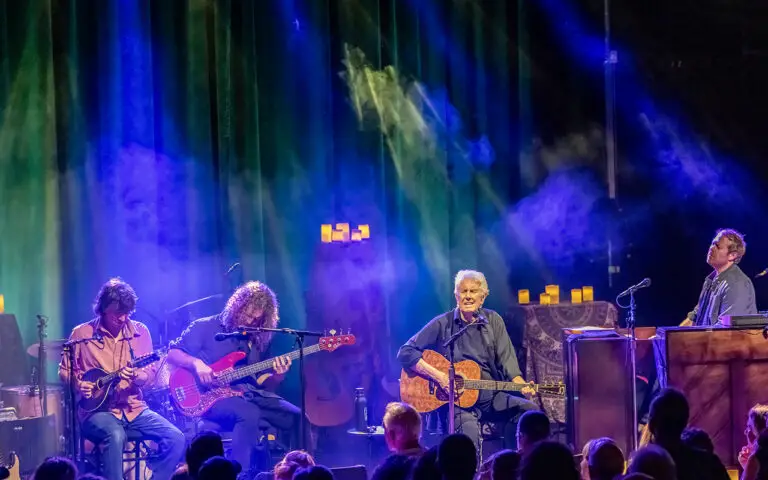
Supported in Woodstock by a crack band that included longtime CSNY keyboardist Todd Caldwell, and multi-instrumentalists supreme Adam Minkoff (drums, bass, guitars, vocals) and Woodstock resident Zach Djanikian (guitars, mandolin, drums vocals), Nash played essentially all of his greatest hits.
Opening with 1982’s “Wasted on the Way”, Nash mentioned that there’s still a lot of magic in his old songs, no matter how many times he’s sung them: “After 60 years I still don’t know where they come from”. The retrospective element of the evening meant a smattering of tunes from the various waystops in Nash’s long career. He delivered a tune from The Hollies “Bus Stop”, a smattering of hits from his CSN (and sometimes Y) era like “Marrakesh Express” and also leaned heavily on early solo material from the criminally underrated Songs For Beginners album from 1971 (“Used To Be A King”, “Better Days”).
Nash paid tribute to longtime collaborator Stephen Stills with a rousing take on his “Love The One You’re With” that had the audience singing along. Caldwell took a great gospel-tinged B3 solo and Minkoff wailed on a Stills-worthy guitar lead.
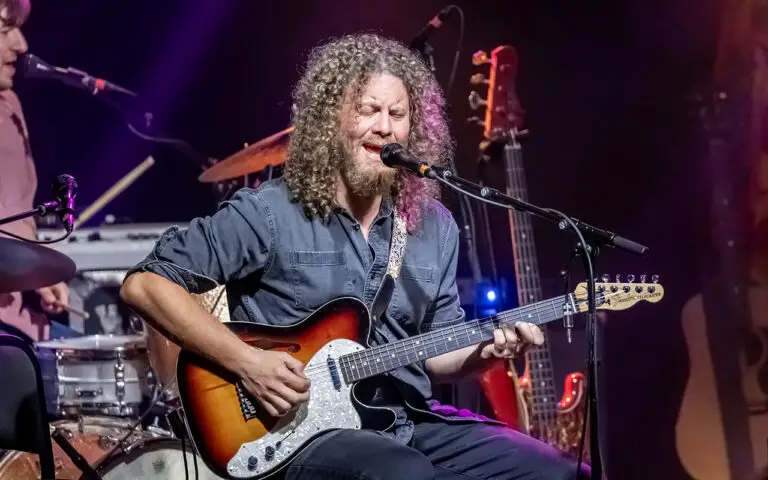
In fact, both Djanikian and Minkoff reminded me of Stills in their versatile virtuosity (was there anything these two musicians couldn’t do?). Stills notoriously played nearly all the instruments on the first CSN album and, at times, Minkoff appeared to be playing all the instruments at once (while singing brilliant harmony vocals). On “Better Days” he played bass and drums at the same time — here’s hoping Nash paid him double for that one. Minkoff’s guitar styles were also brilliantly flexible. The Berkeley grad could closely imitate Jerry Garcia’s pedal steel on his tele and follow that up on the next tune with a bluesier Stillsian solo.
Djanikian had an incredibly tasteful feel on guitar too and found a beautifully full tone on his red Gibson SG. Oh yeah, and he also played saxophone, mandolin, drums, and sang like a young Nash. Sometimes Djanikian plays with Amy Helm — don’t miss him.

Nash also dedicated a song to his wife Amy with “Love of Mine”, a delicate, apologetic tune off of his 2023 album Now. This stood out as the only relatively new song in Sunday’s set.
Mostly, Nash leaned hard into the two elements of his classic songs that matter the most to me — his topical songs and his introspective, almost domestic classics.
CSNY always wore their politics on their collective sleeves. “Ohio” was a generational protest song and the group’s appearance at Woodstock was the first of many causes. Nash mentioned that recently he worked with Stills for FireAid. Sure they are millionaires, but these guys are also still hippies with a cause who haven’t given up the fight. Songs like “Military Madness” with its “no more war” refrain, and “Immigration Man” resonate today as much as they ever did.
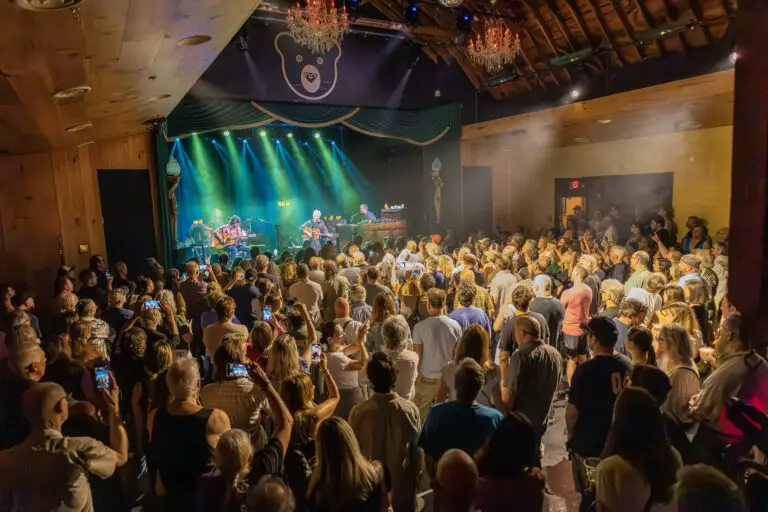
Then there’s the inward-looking Nash. “Used to Be a King” (written about his split with Joni Mitchell) and “Brighter Days” should certainly chart on any list of great breakup songs even if I did miss the high sweetness of his 1971 vocals on his Sunday night performance of the latter. Luckily for Nash, his bandmates often had his back, taking the high harmonies that used to be his hallmark in younger days. This is not to say that Nash has lost that much vocally compared to many of his Age of Aquarius peers — he displayed several flashes of brilliance, particularly on the late-set “Cathedral”, which was also accompanied by one of Nash’s most entertaining anecdotes.
While I’d often surmised that “Cathedral” was about being high in Winchester Cathedral, I always figured that was some kind of abstract, poetic obfuscation. Turns out, Nash had a day off in the 70s, rented a 1928 Rolls-Royce, dropped some acid, spent some time lying in the middle of Stonehenge, and then visited nearby Winchester Cathedral. Still high as a kite, his knees got weak and he started feeling weird. He looked down to see he was standing on the grave of a soldier who died in 1799 on — get this — Graham Nash’s birthday. Trippy, man.
While the anthemic “Cathedral” has a psychedelic backstory, Nash is probably best known for contributing the simple campfire singalongs that were mega hits for CSNY (and were probably the first songs your dad helped you learn on acoustic guitar). “Our House” and “Teach Your Children” turned Bearsville into a summer camp singalong in the best possible way. How could you not love that Nash’s “Our House” lyric “I’ll light the fire, while you place the flowers in the vase that you bought today” is literally a piece of conversation Nash had with Joni Mitchell after some antique shopping on a cold day?
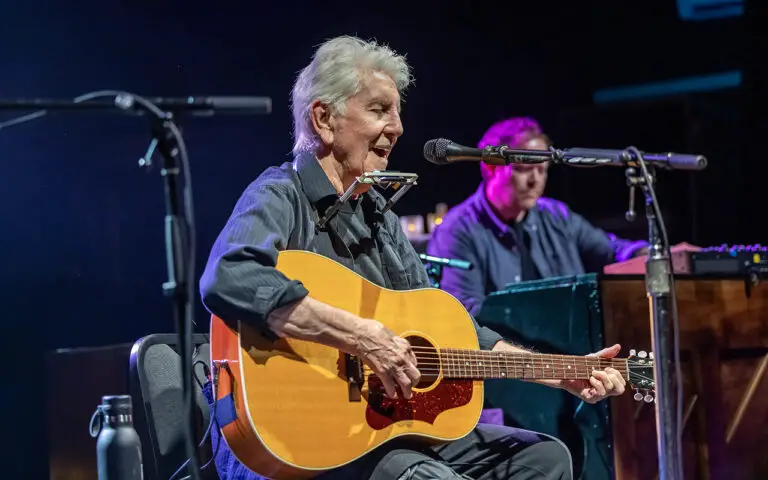
For the encore, Minkoff and Djanikian expertly traded guitar licks to set up the eventual a capella, three-part harmony brilliance of “Find the Cost of Freedom” (another still-timely lyric). The short tune gave way to a transcendent take on the Joni Mitchell-penned “Woodstock”, which was the only possible way the show could end.
Nash sounded so, so good vocally on this last shot-of-adrenaline, ebullient hippie anthem, that I almost wondered if he would just rip the knee brace off and run off the stage.
Songs like “Woodstock” played like this band played it give me hope that the hippie dream is still alive on this tour. And if we don’t ever quite get back to the garden, I at least hope Graham Nash makes it back to Woodstock again soon.
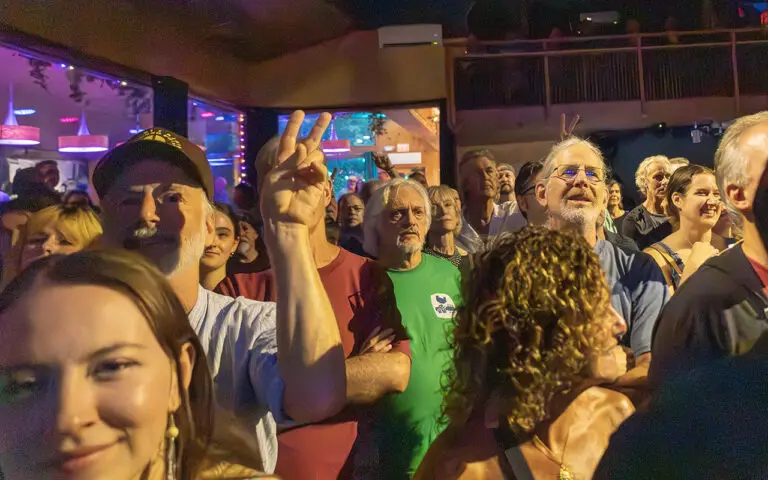
Which leads me to this — the Bearsville Theater is an incredible place to see a singer-songwriter or mid tempo rock show. The venue allows you to get close to legends like Nash or Jeff Tweedy (who played Woodstock this past fall) who you might otherwise be seeing in big amphitheaters through binoculars. The sound for more acoustic-based music is also superb, and this show was mixed extremely well.
Veteran promoter Peter Shapiro was spotted as I exited (he was wearing a cool Graham Nash t-shirt too), and I saw legendary Woodstock rock photographer Elliott Landy on my way in. It’s boon times in Woodstock considering all of the top talent that continues to make its way to the revamped Bearsville Theater, so maybe we really are getting back to the garden after all.
Graham Nash – Bearsville Theater, Woodstock – July 13, 2025
Setlist: Wasted on the Way, Marrakesh Express, Military Madness, Used to Be a King, Right Between The Eyes, Bus Stop, Immigration Man, Brighter Days, Love the One You’re With, Simple Man, Love of Mine, Cathedral, Just a Song Before I Go, Our House
Encore: Teach Your Children, Find The Cost of Freedom, Woodstock
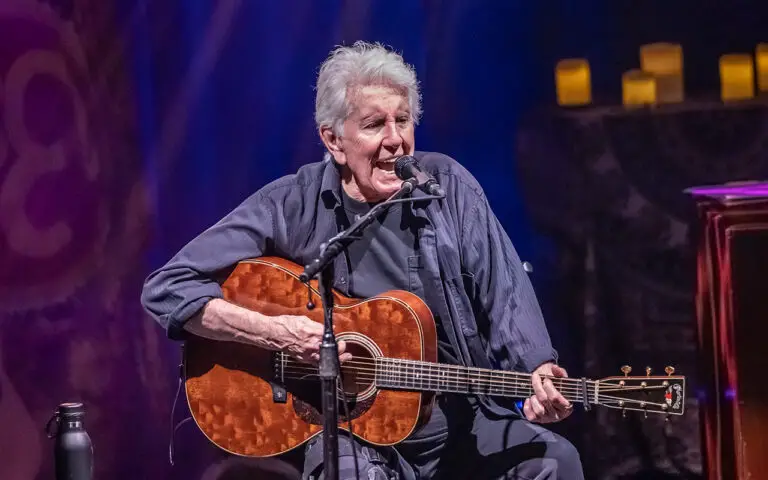
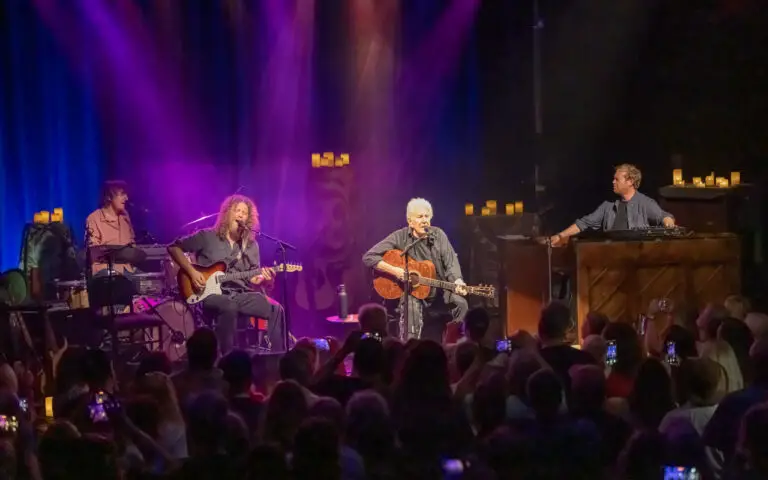
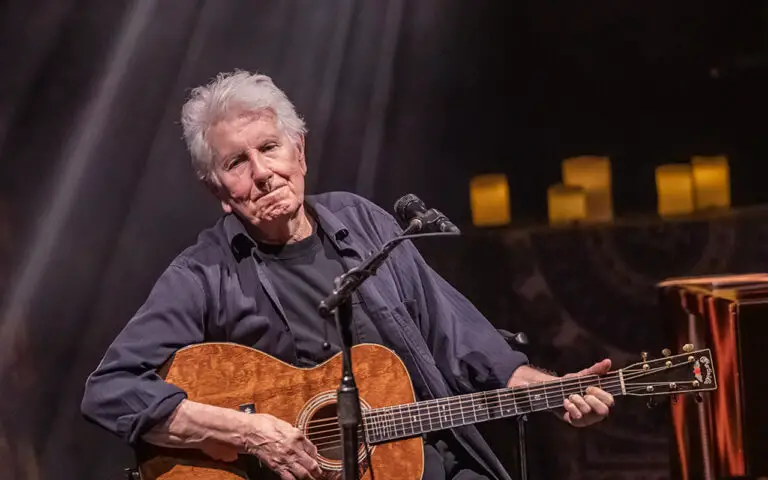
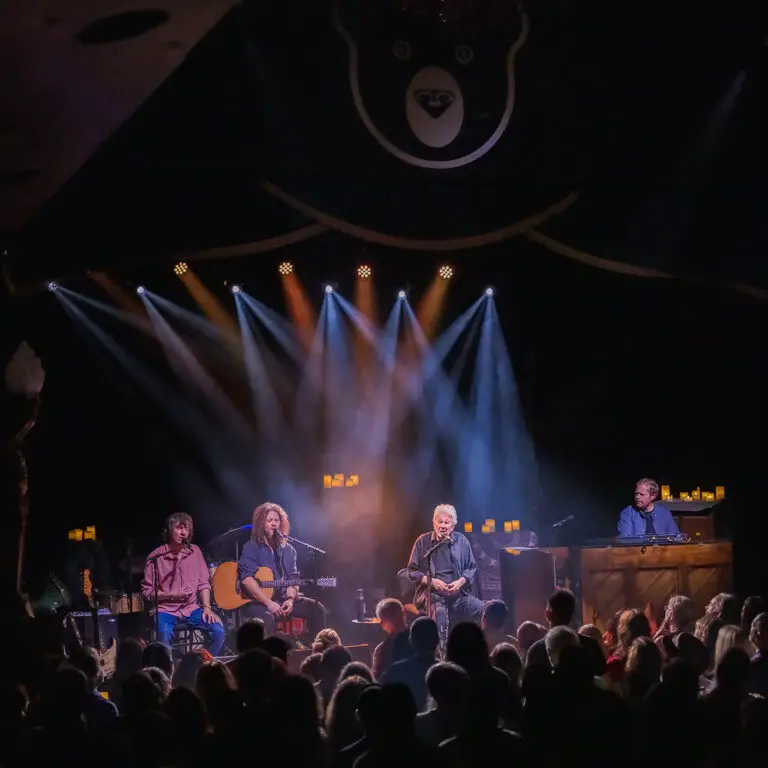
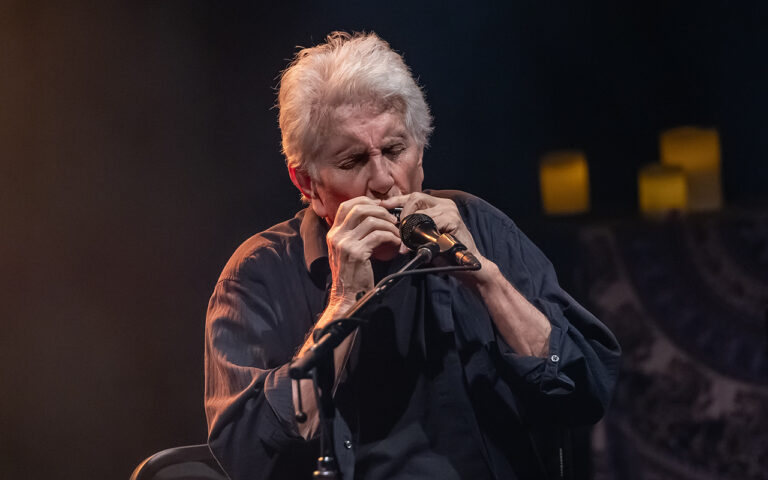

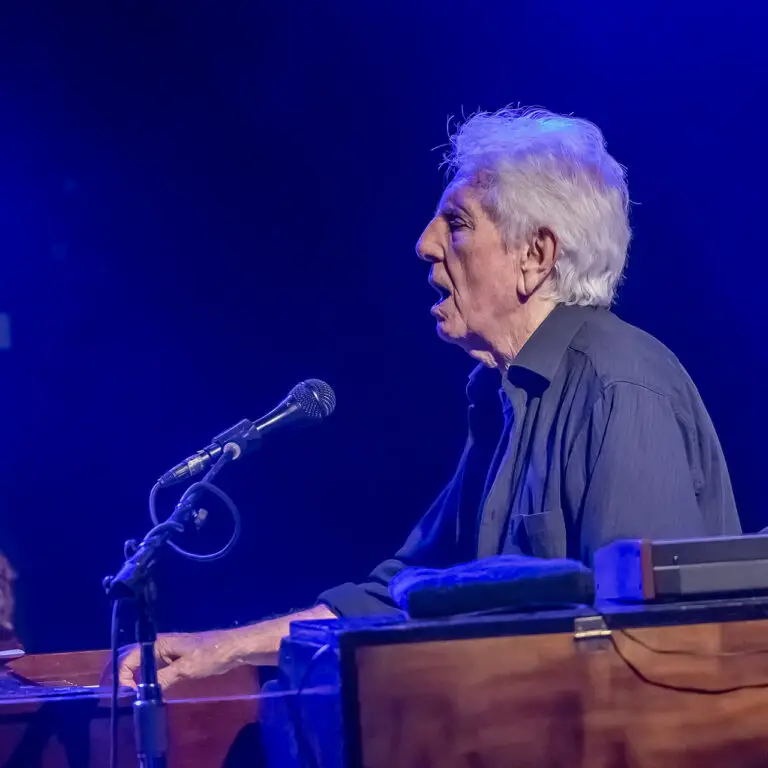
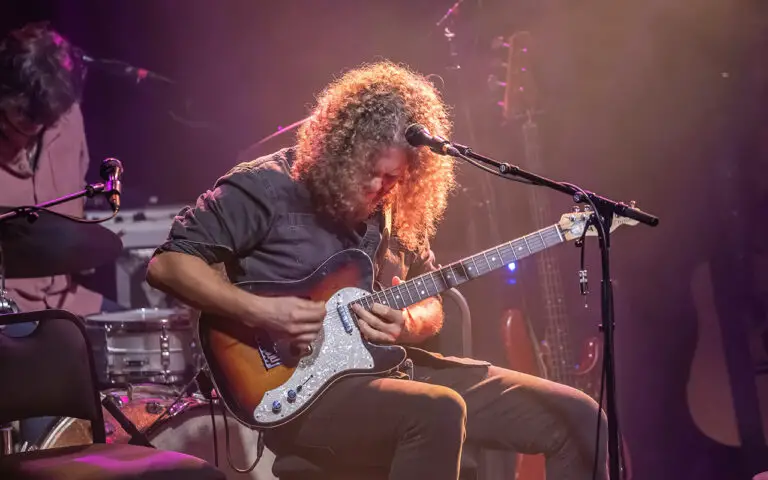

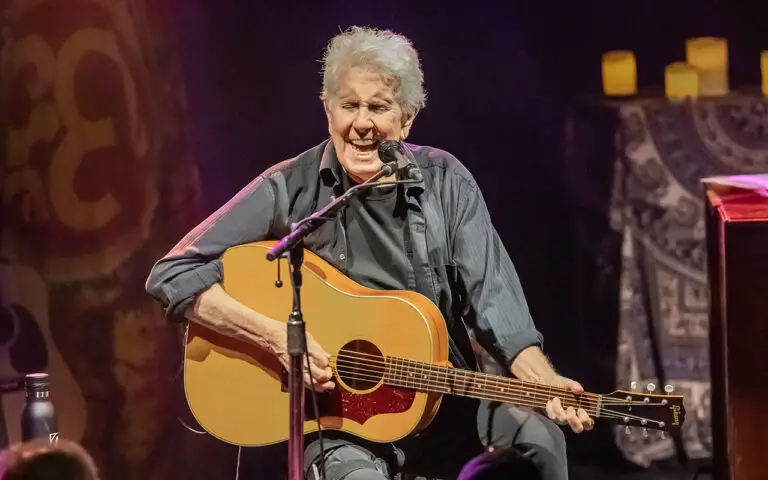
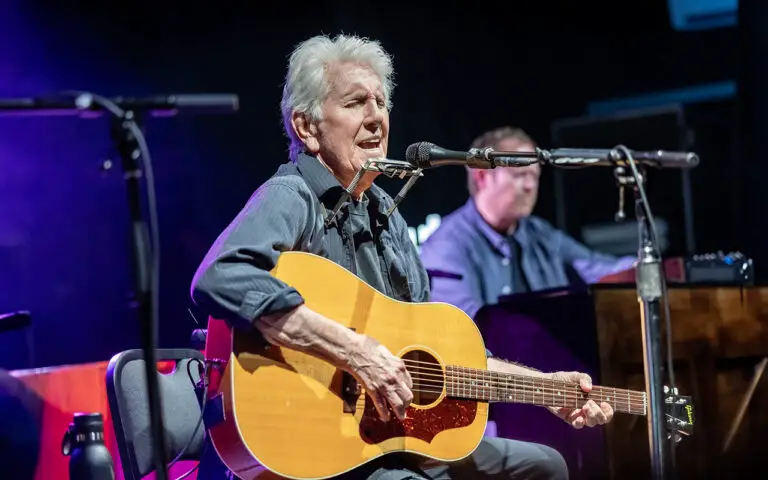


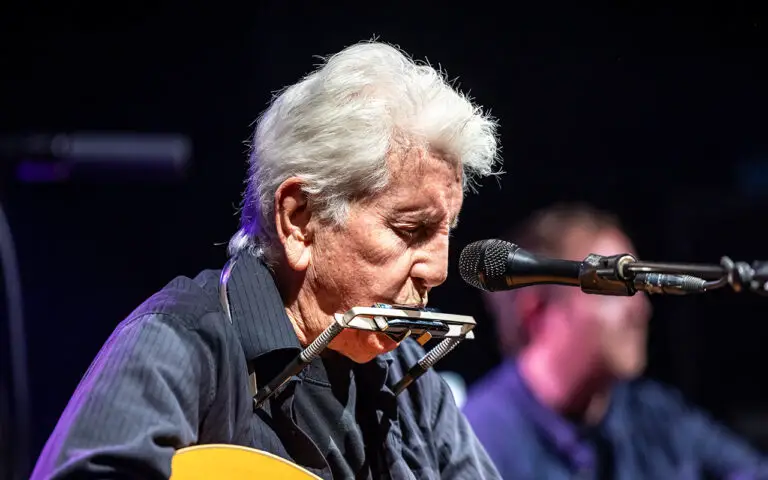
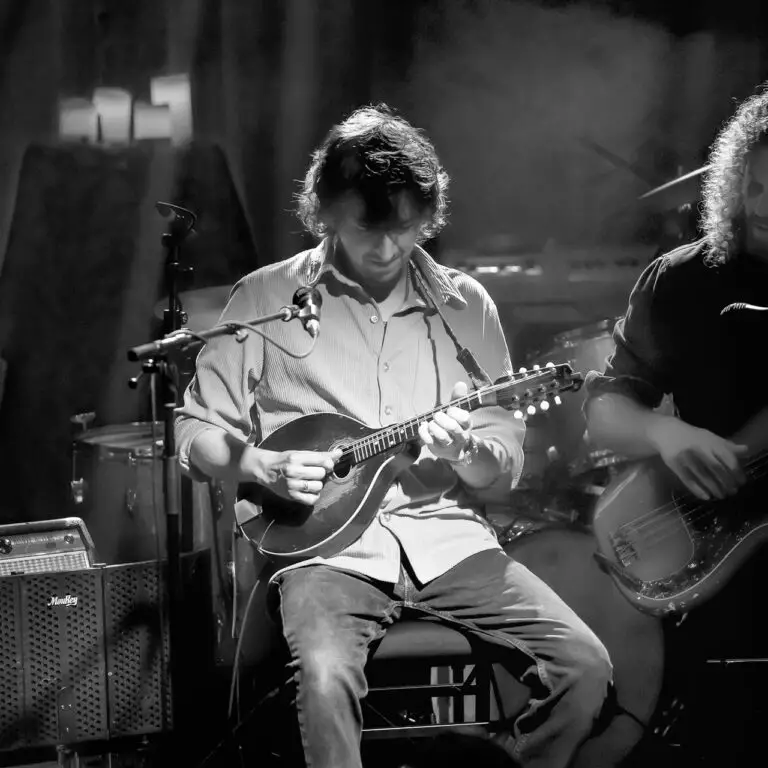
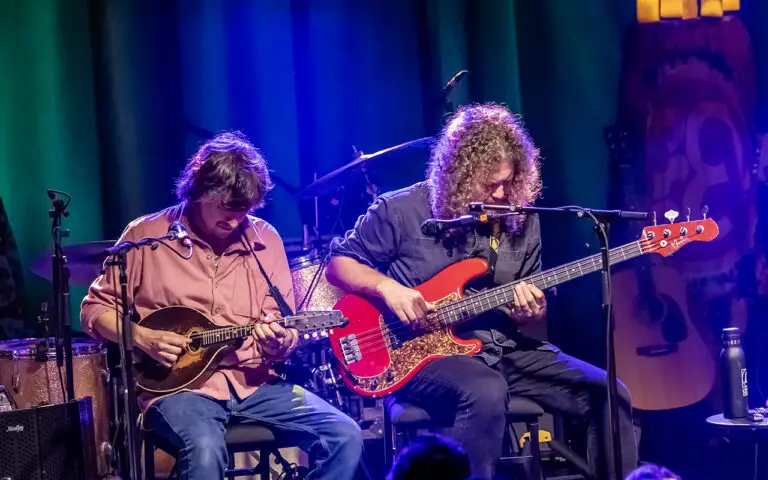
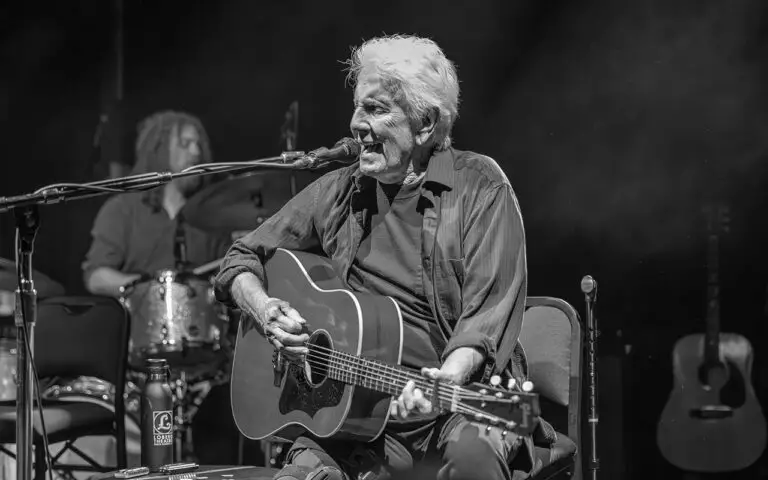
→ Continue reading at NYS Music
